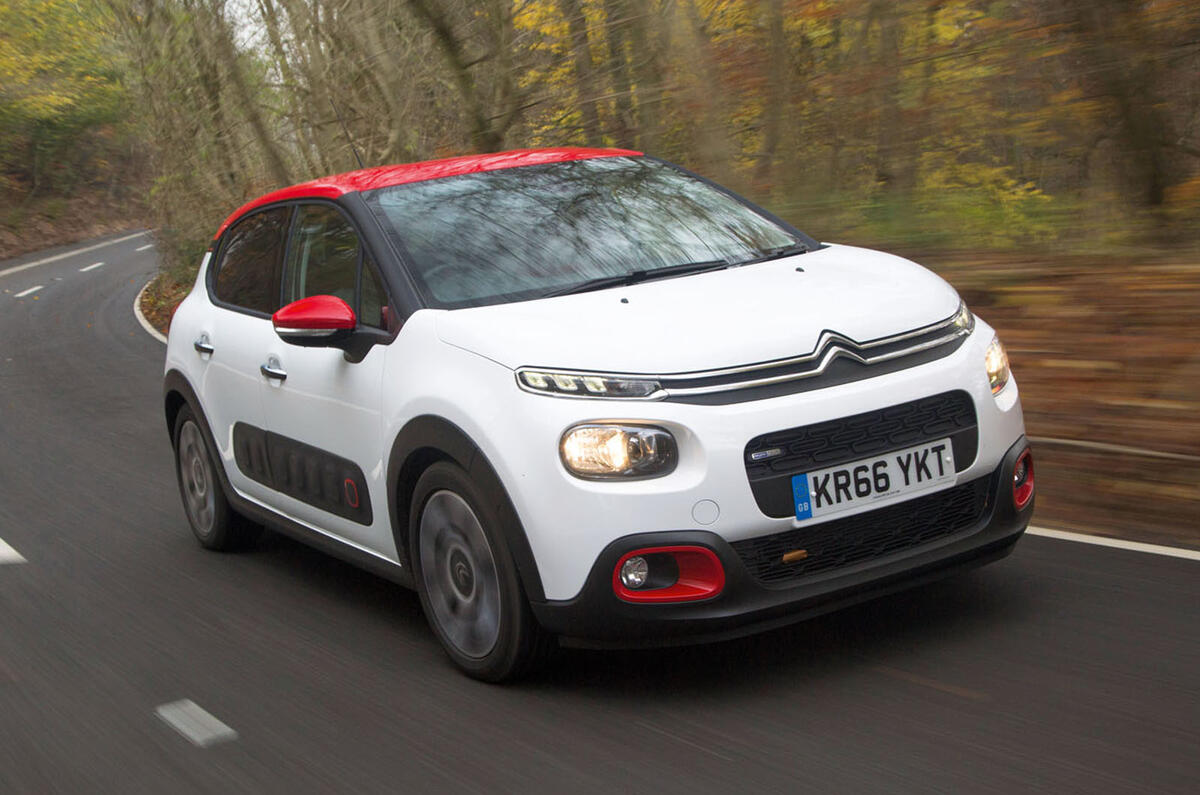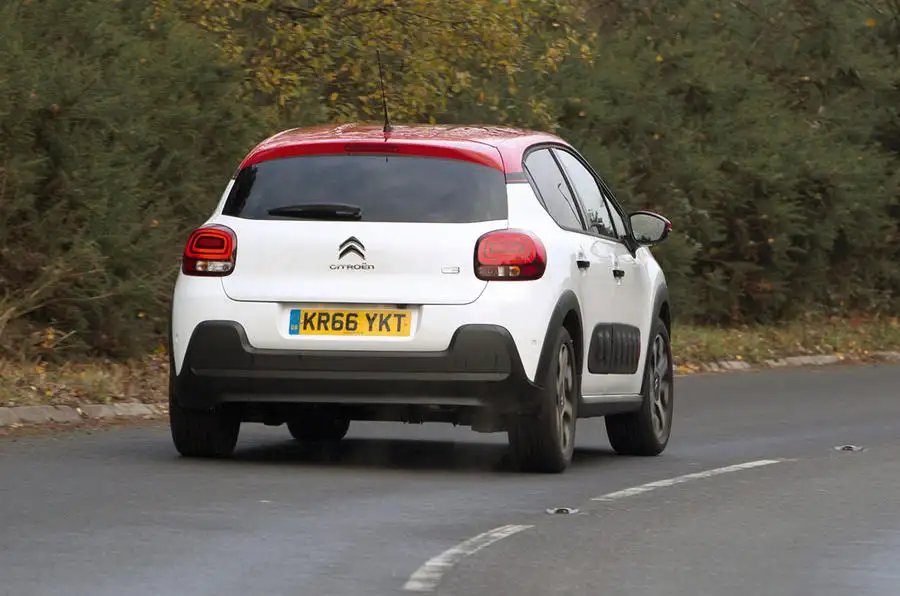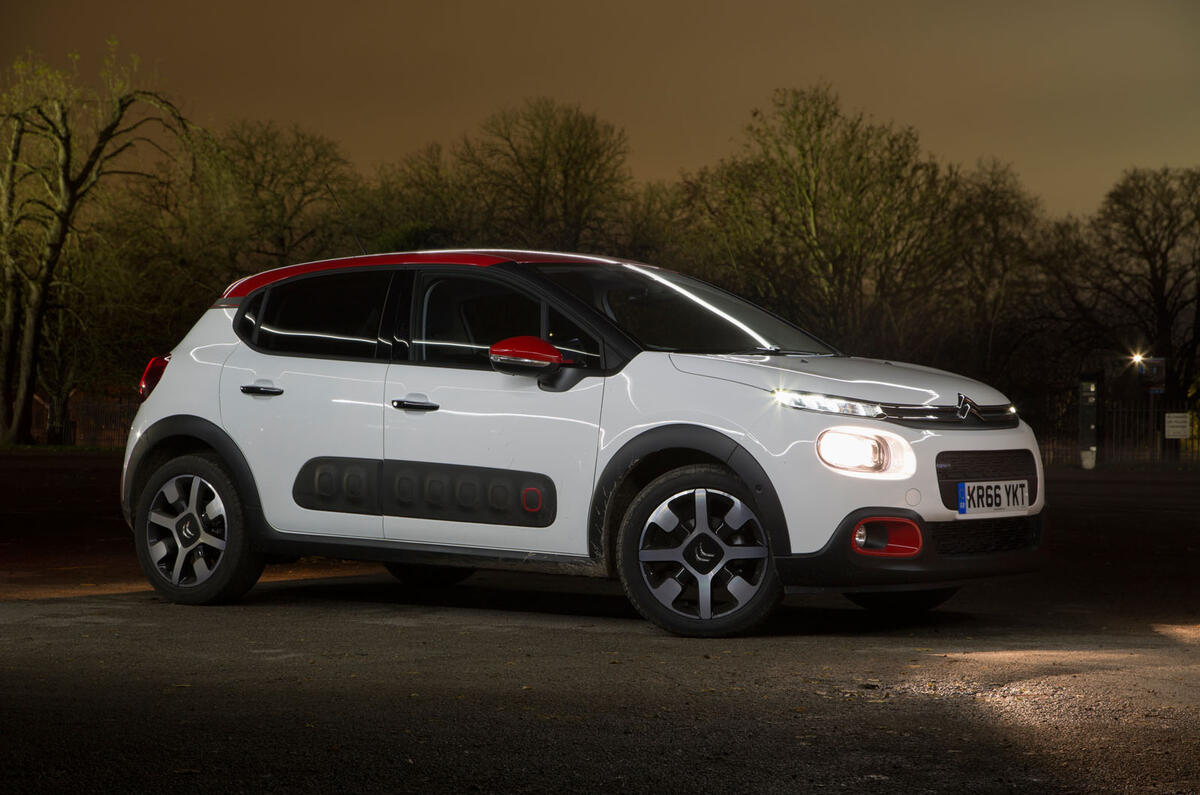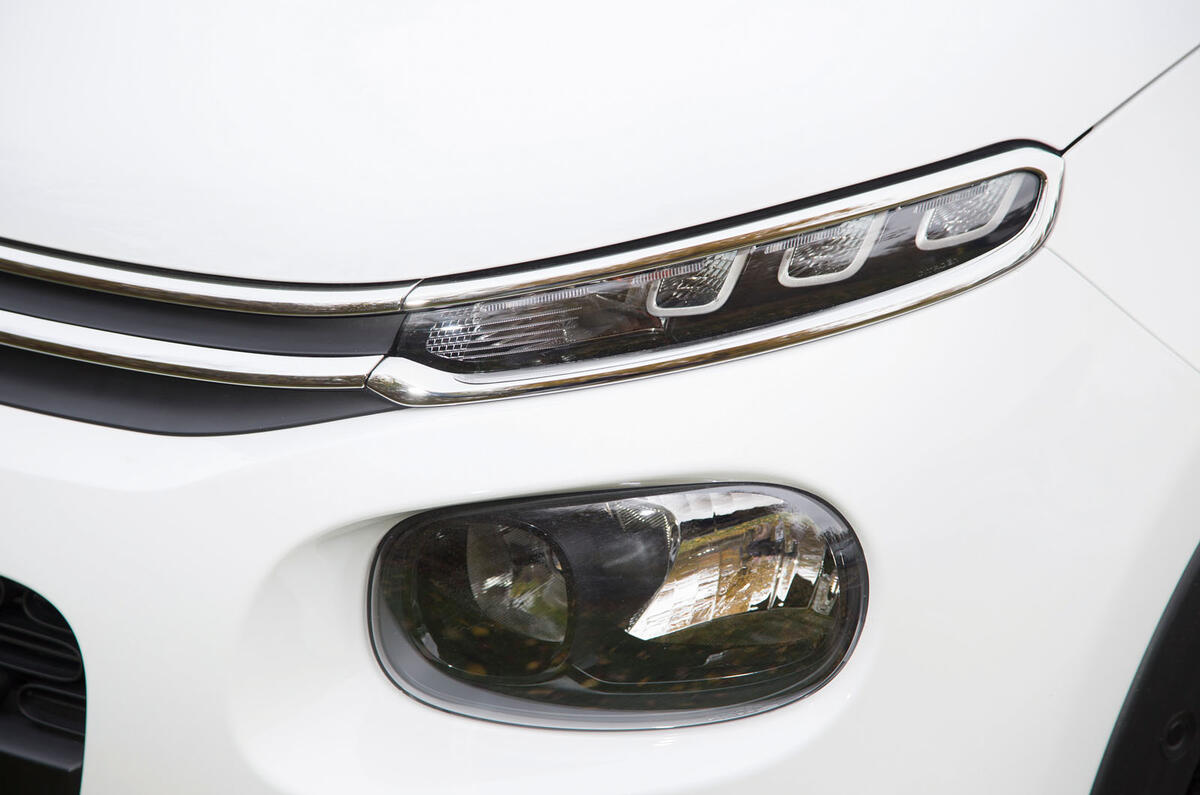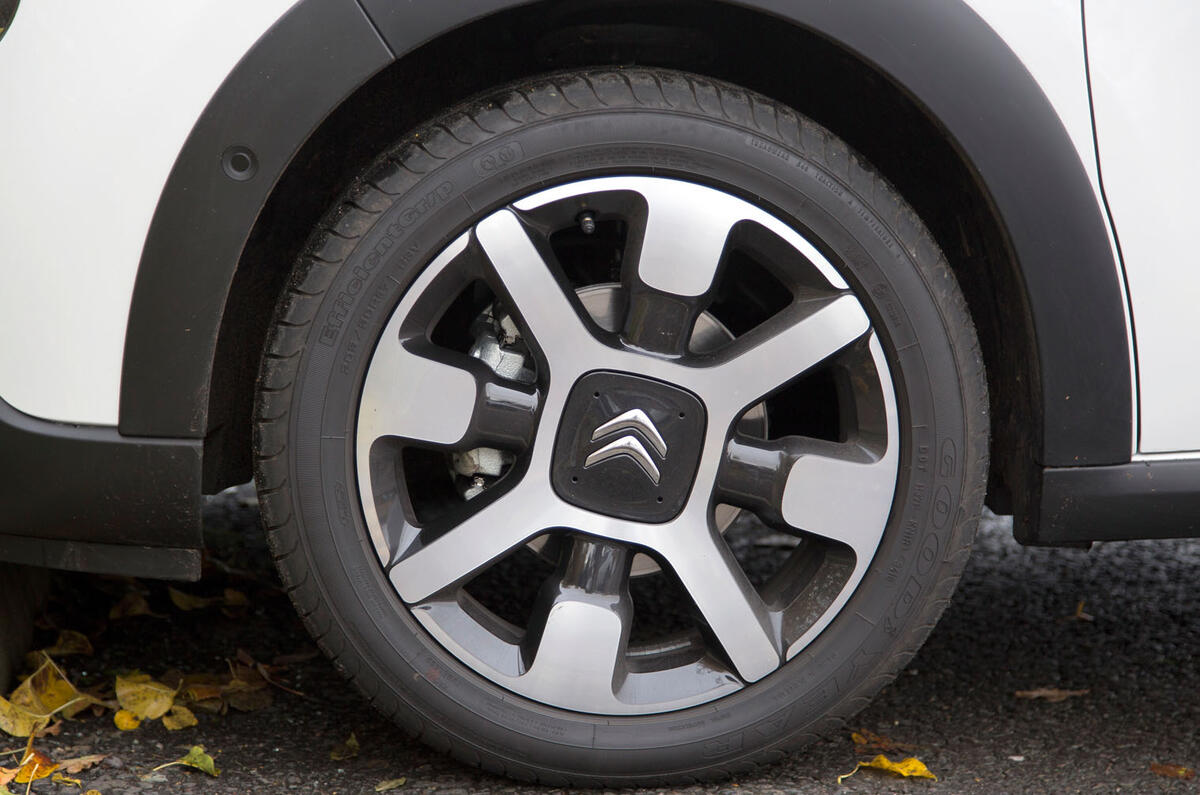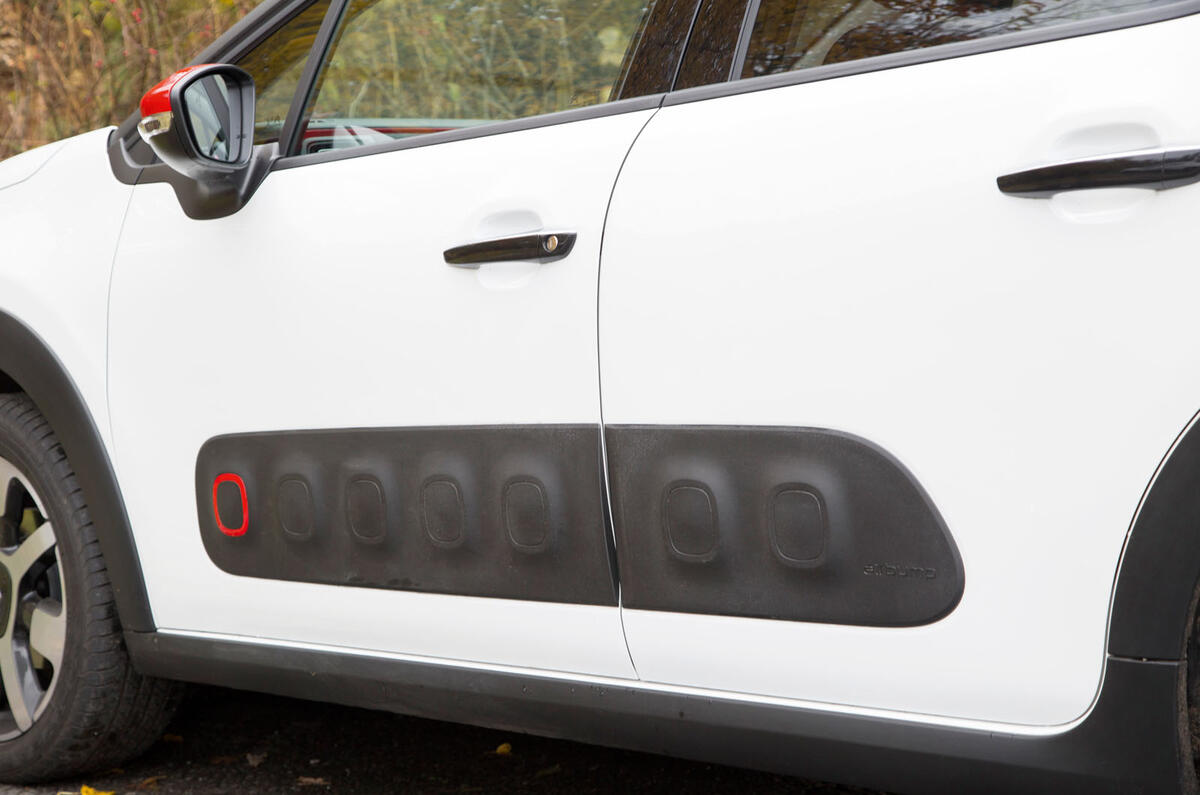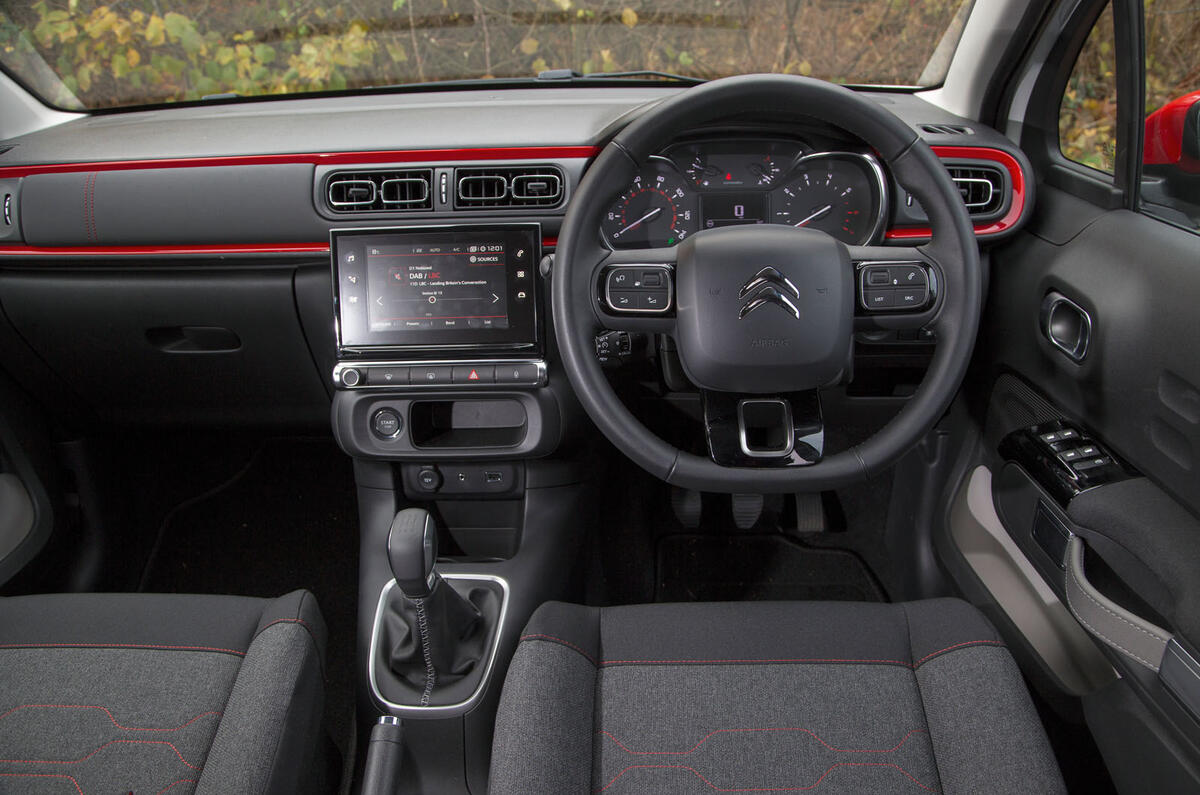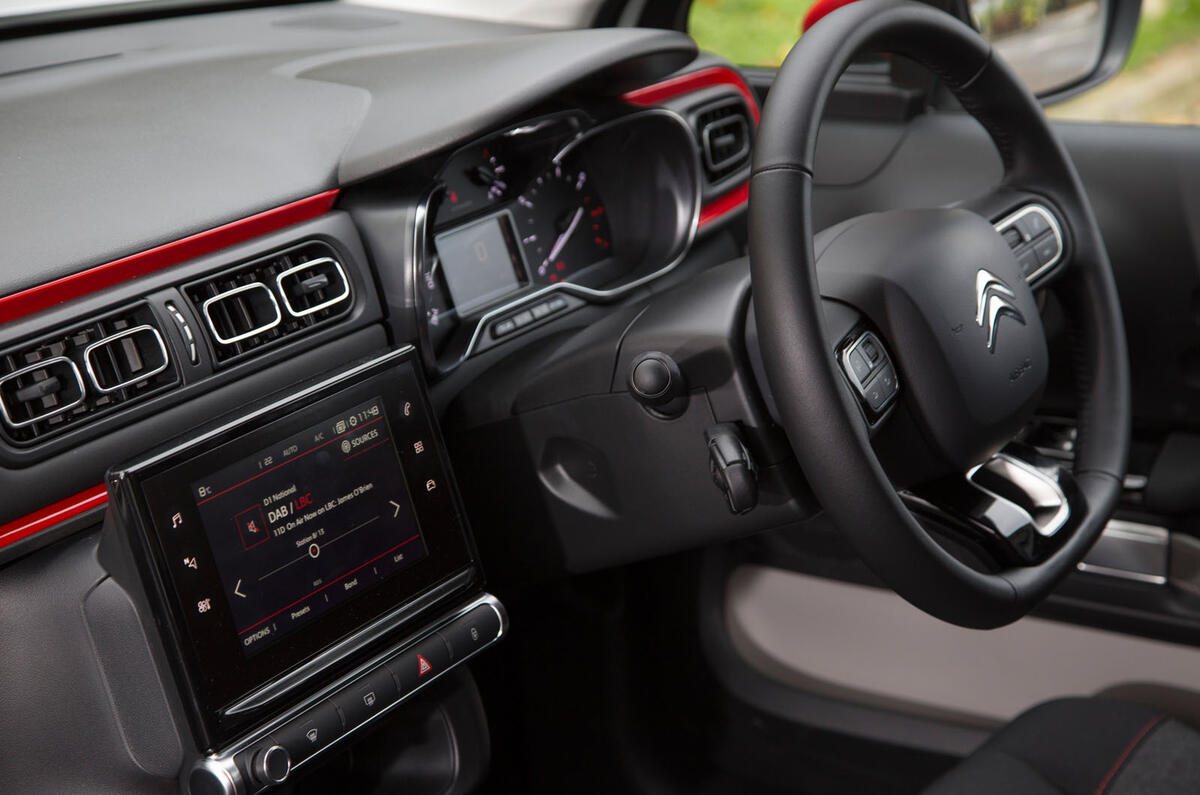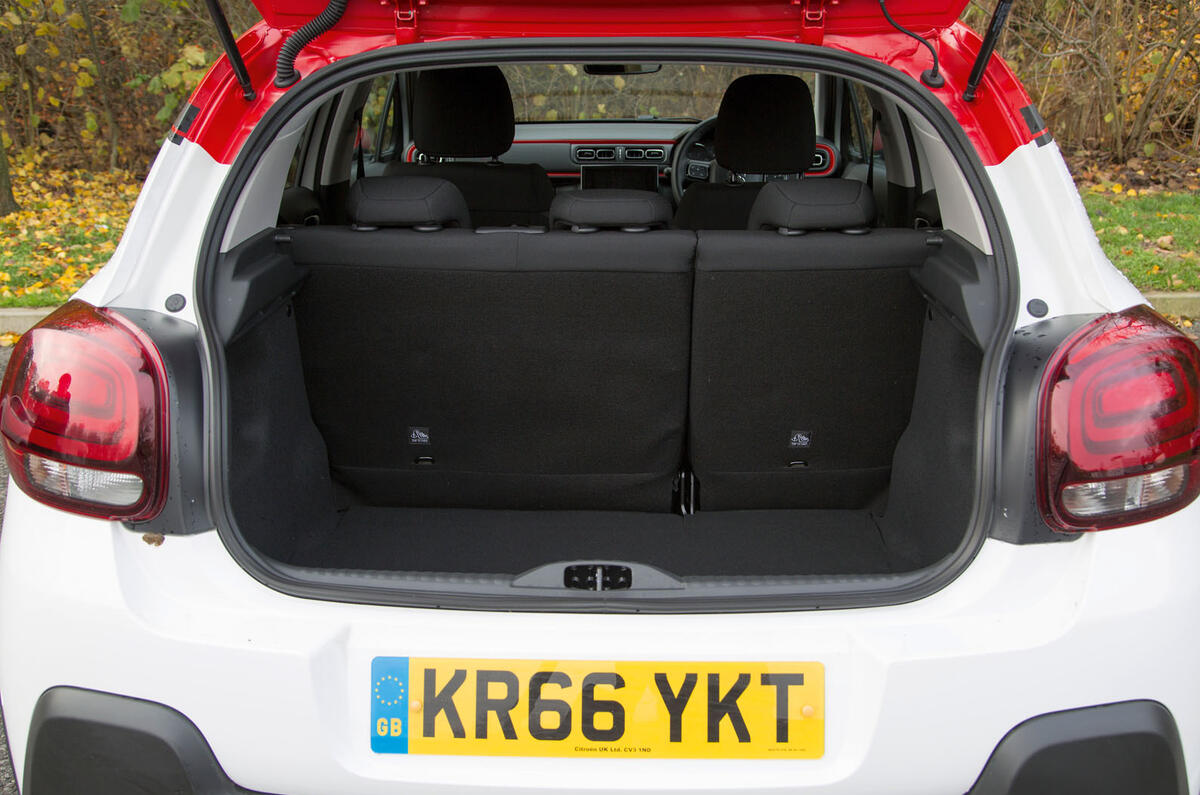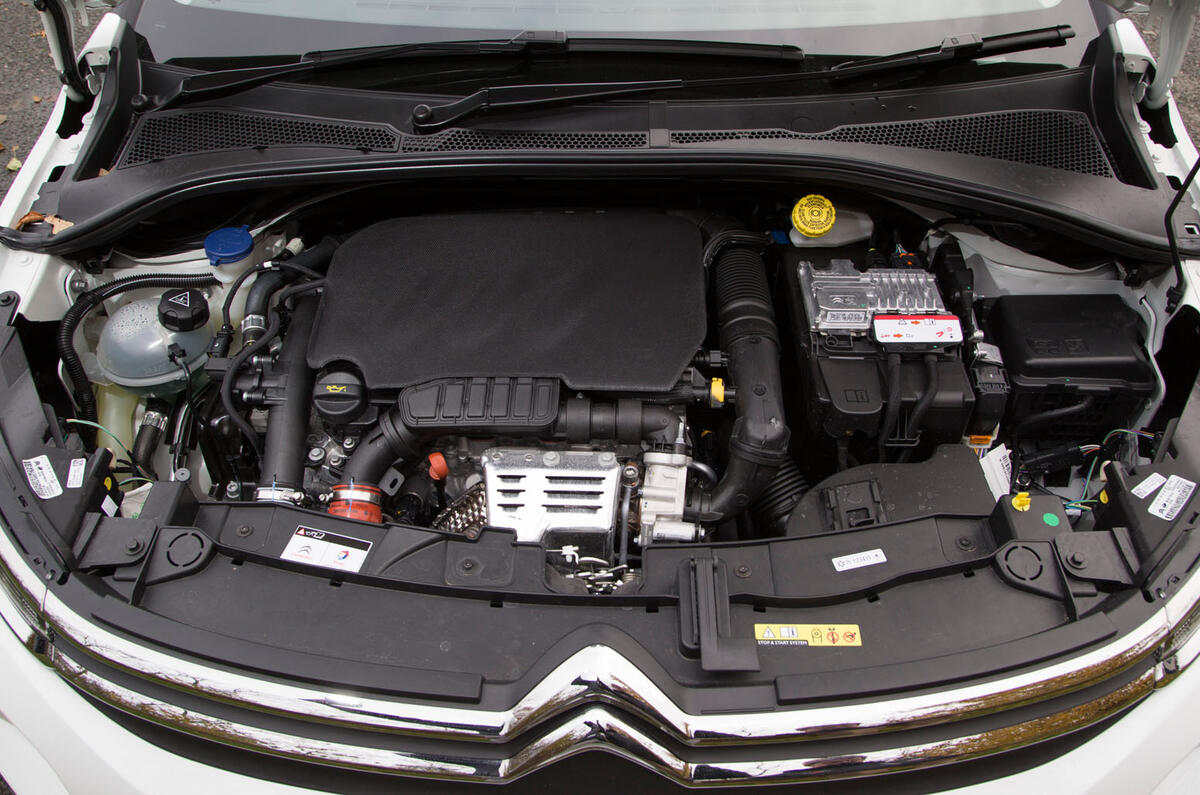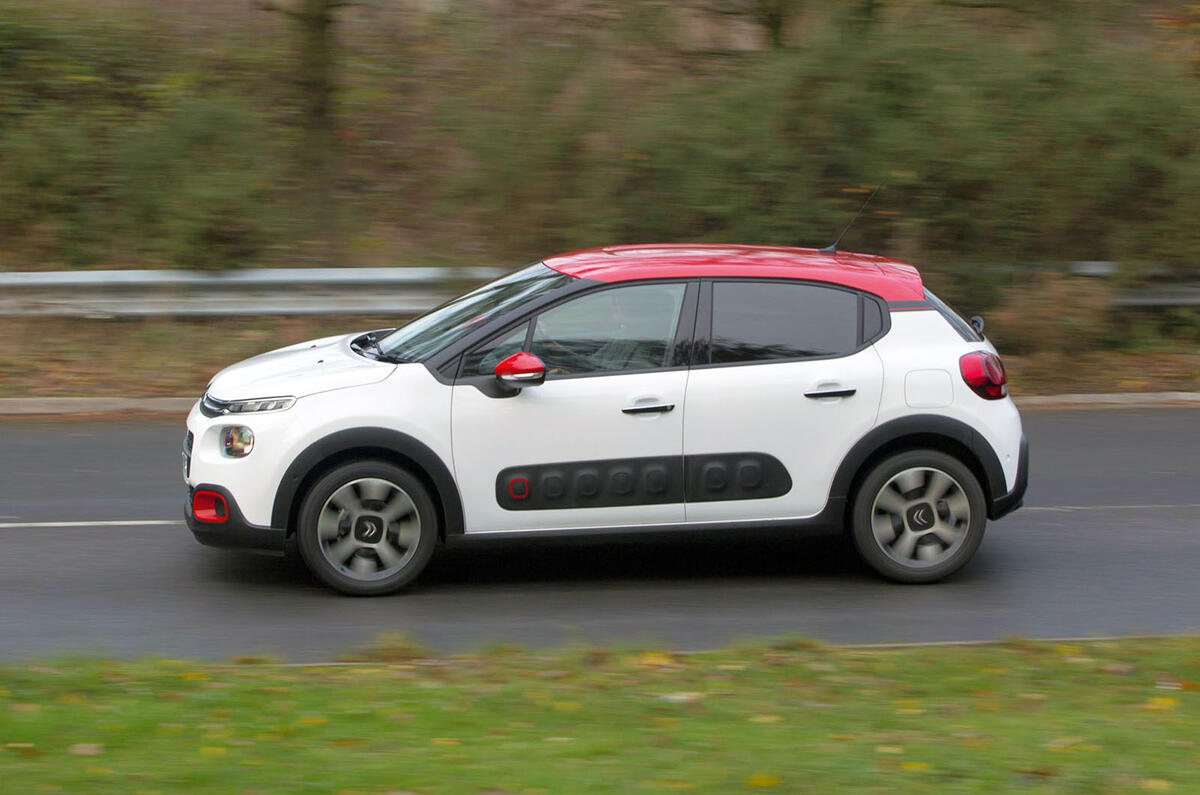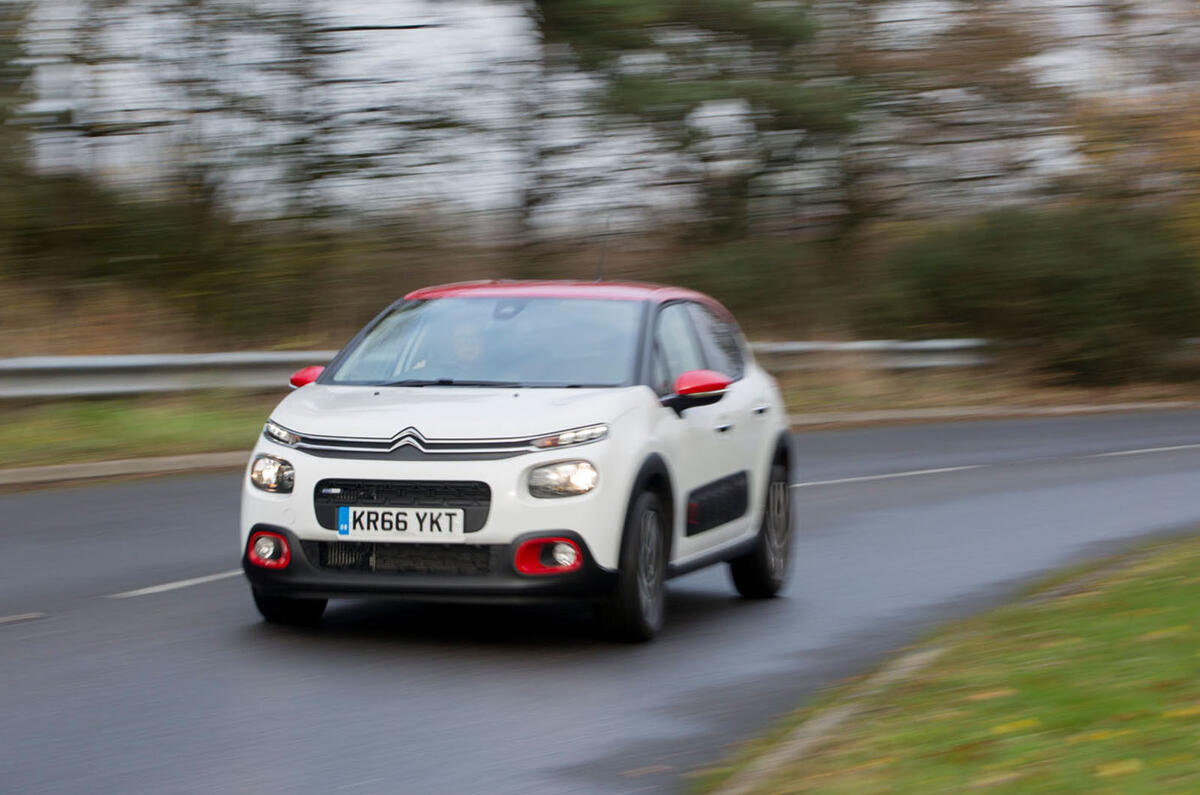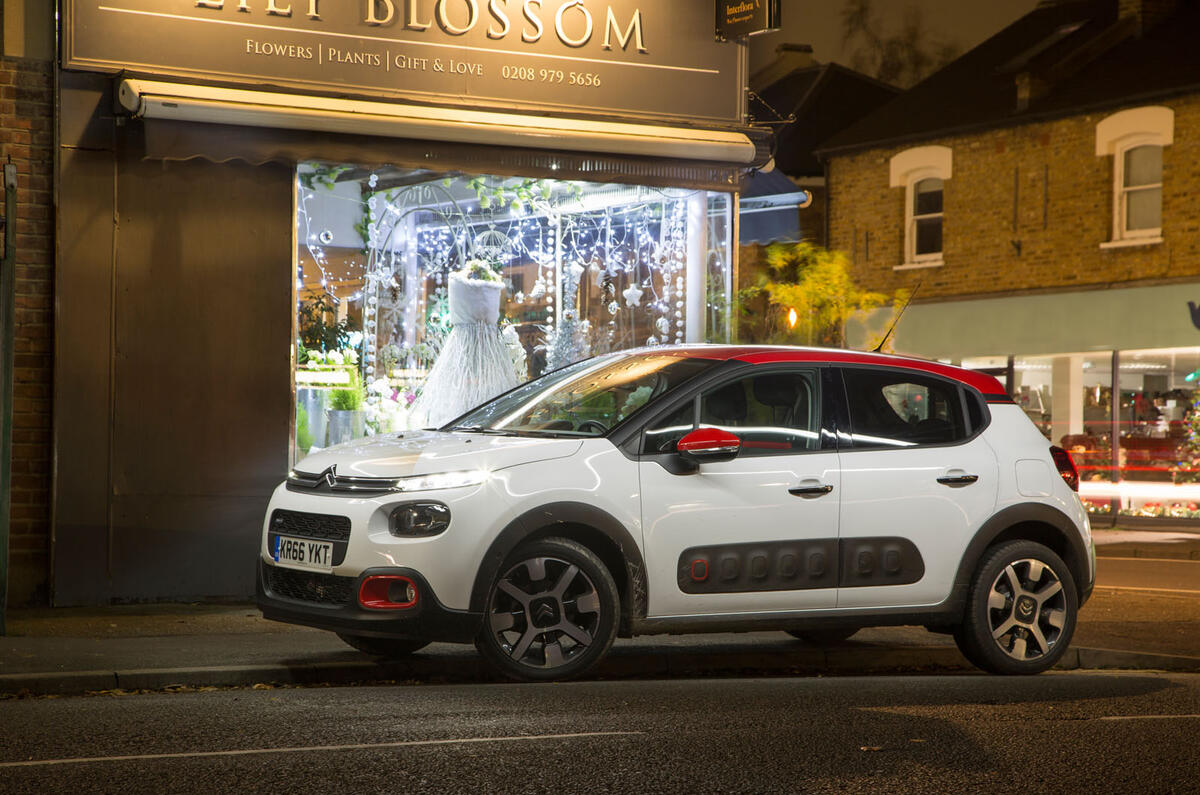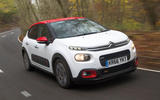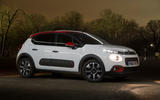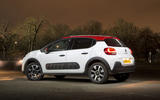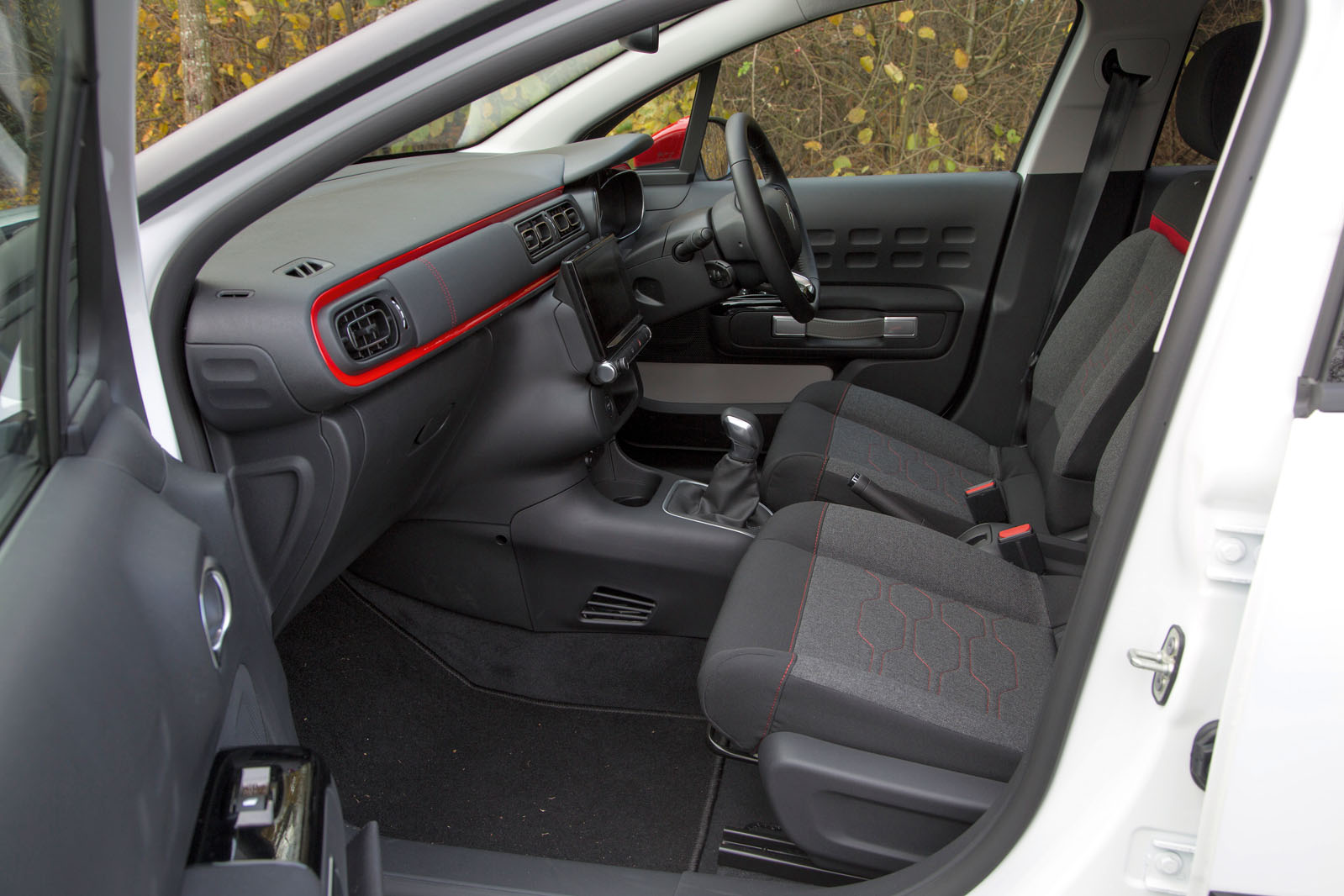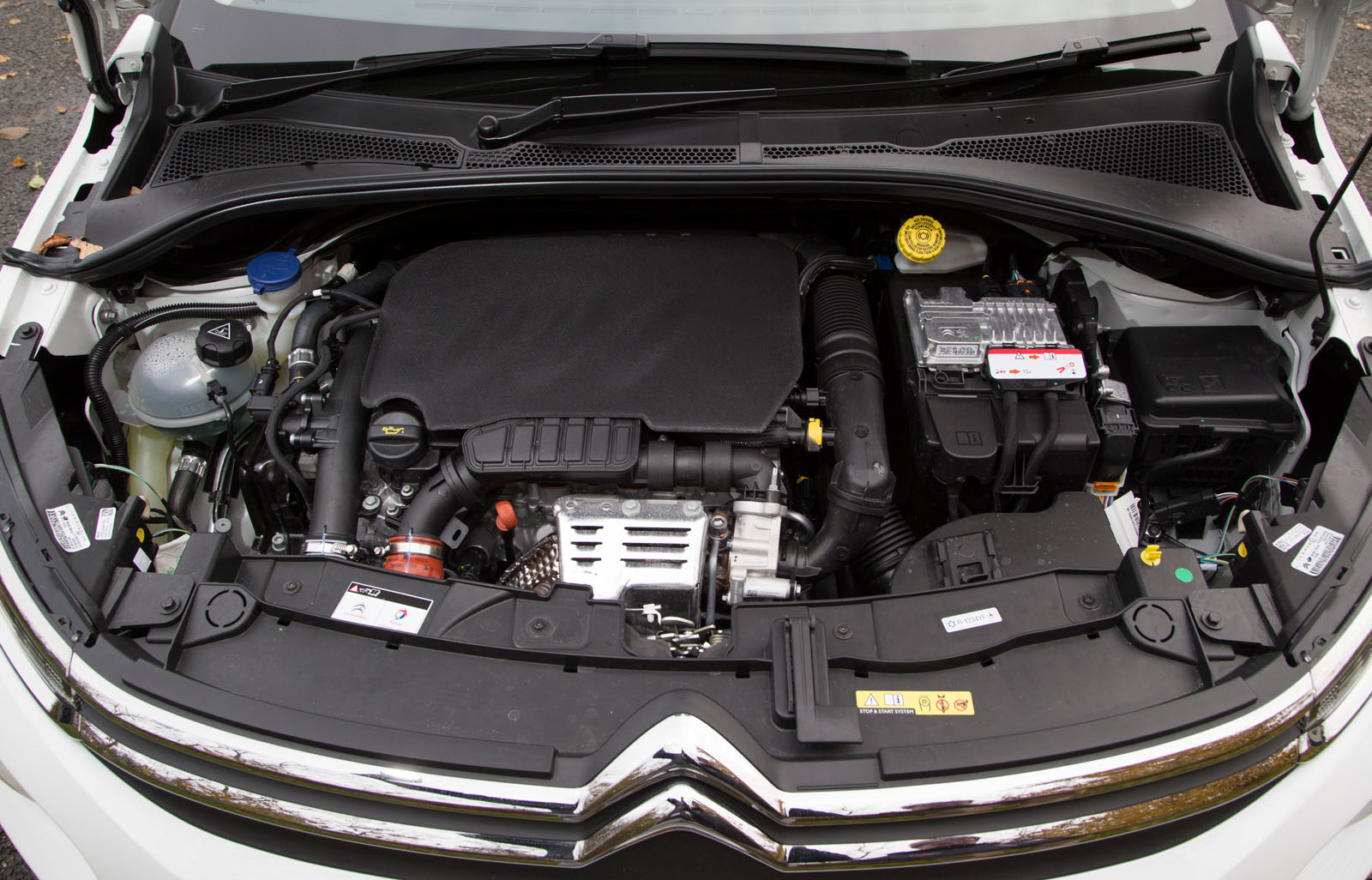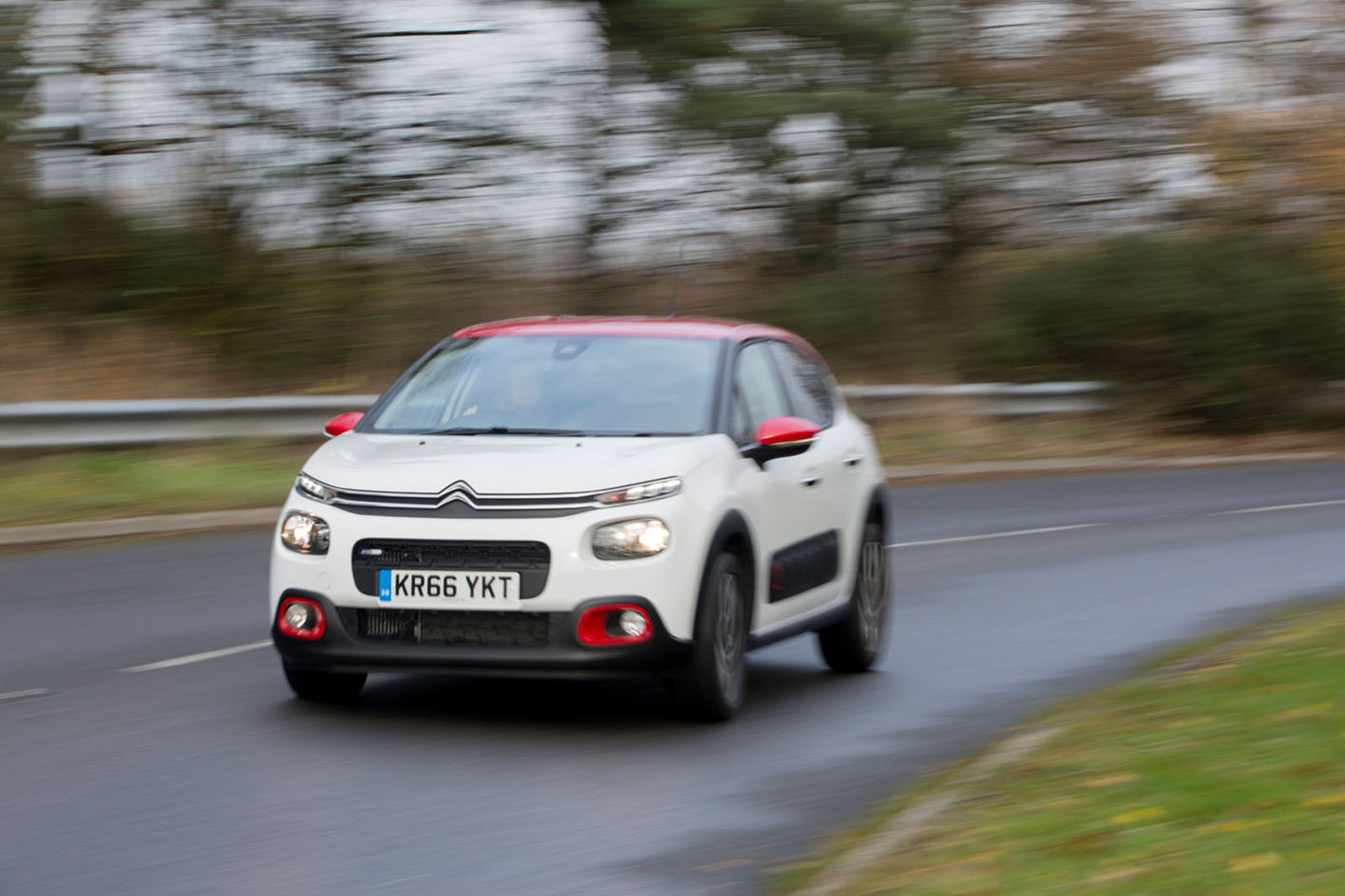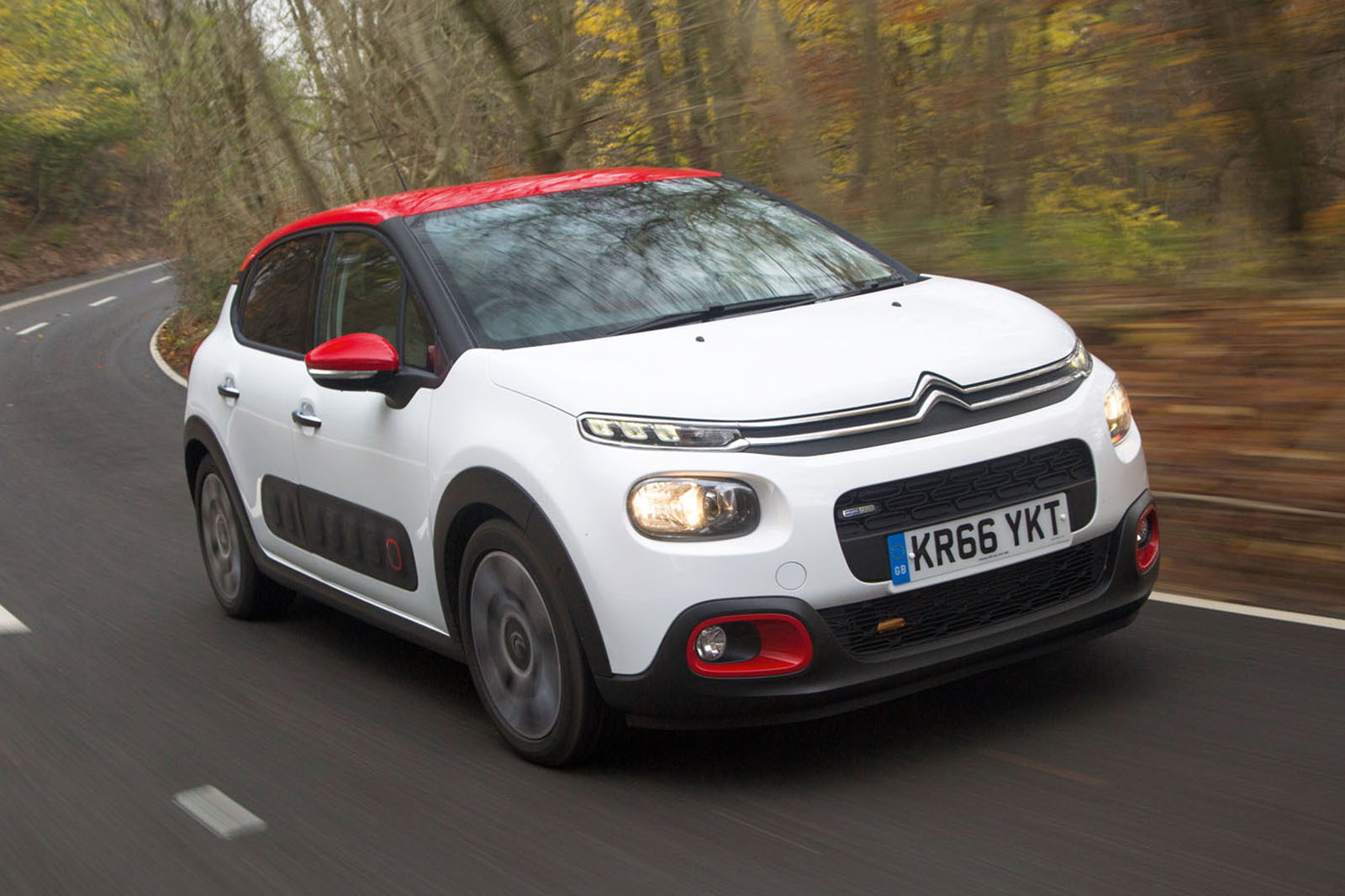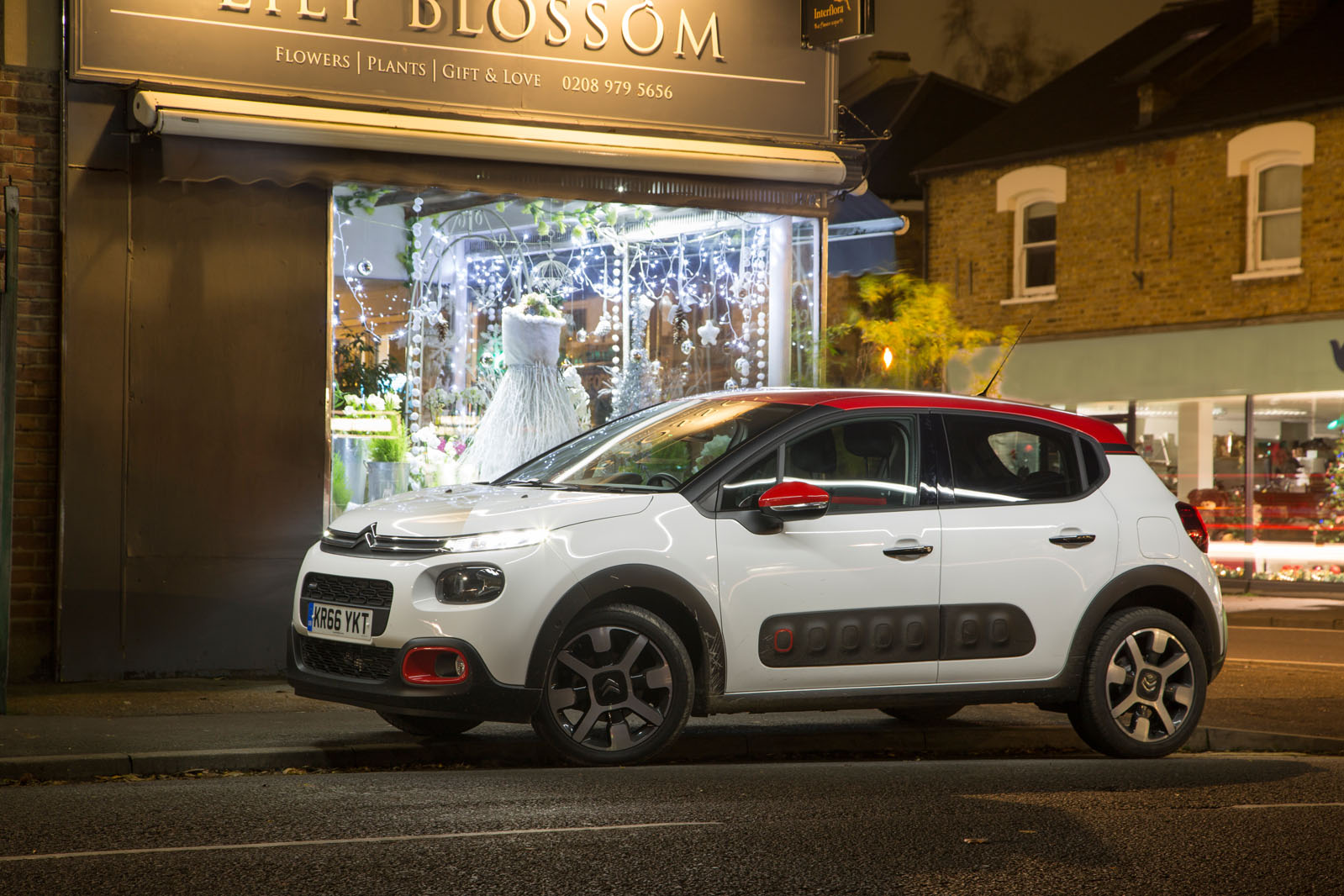Compact, practical and affordable cars such as the Citroen C3 have become the cornerstone of Citroën’s business in the UK.
Its previous homage to a Parisian brand of style and glamour has been assimilated by DS, while saloons and SUVs are left to PSA Group sister firm Peugeot.
MPVs now dominate the more expensive end of Citroën’s line-up, with the Citroen C3 Picasso and Citroen C4 Cactus somewhere in the middle and the Citroen C1 propping things up at the bottom. And if the hole that leaves for the C3 is a fairly unmistakable one, then so too is the pressure on it to generate a large share of sales volume.
In the past, Citroën has succeeded by making its supermini conspicuously spacious and, because the DS 3 has become the desirable three-door variant by substitution, doggedly innocuous to look at.
The approach has resulted in 3.6 million European sales since 2002. That’s behind the Ford Fiesta, Vauxhall Corsa and Volkswagen Polo, of course, but healthy enough nonetheless.
Which makes the styling direction of this new model all the more interesting. Its predecessor looked rather like the forgettable car it replaced; the follow-up, while closely related underneath, is outwardly quite different.
Not only does it enlarge the C1’s cutesy front end but it also adopts the C4 Cactus’s Airbump flanks. Throw in two-tone paint and it’s readily apparent that Citroën is actively seeking a more style-conscious sort of customer.


